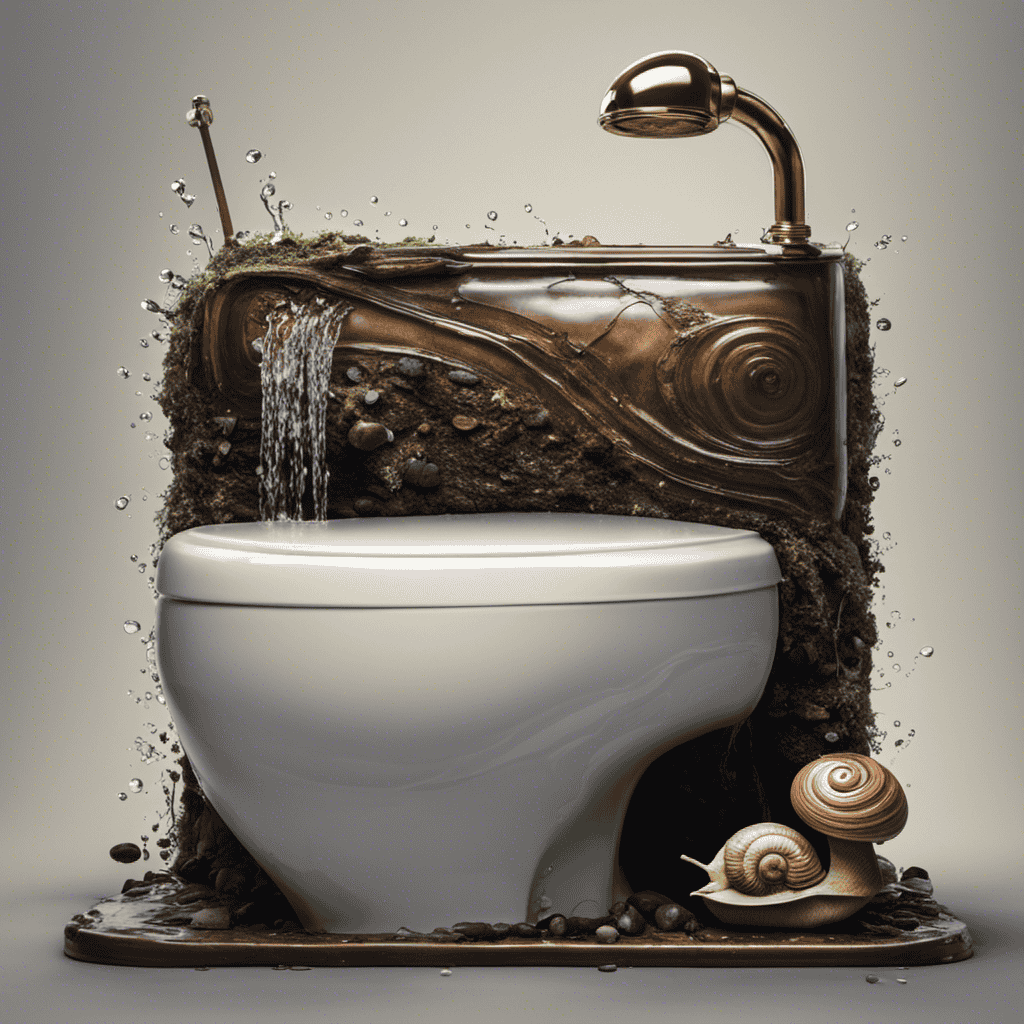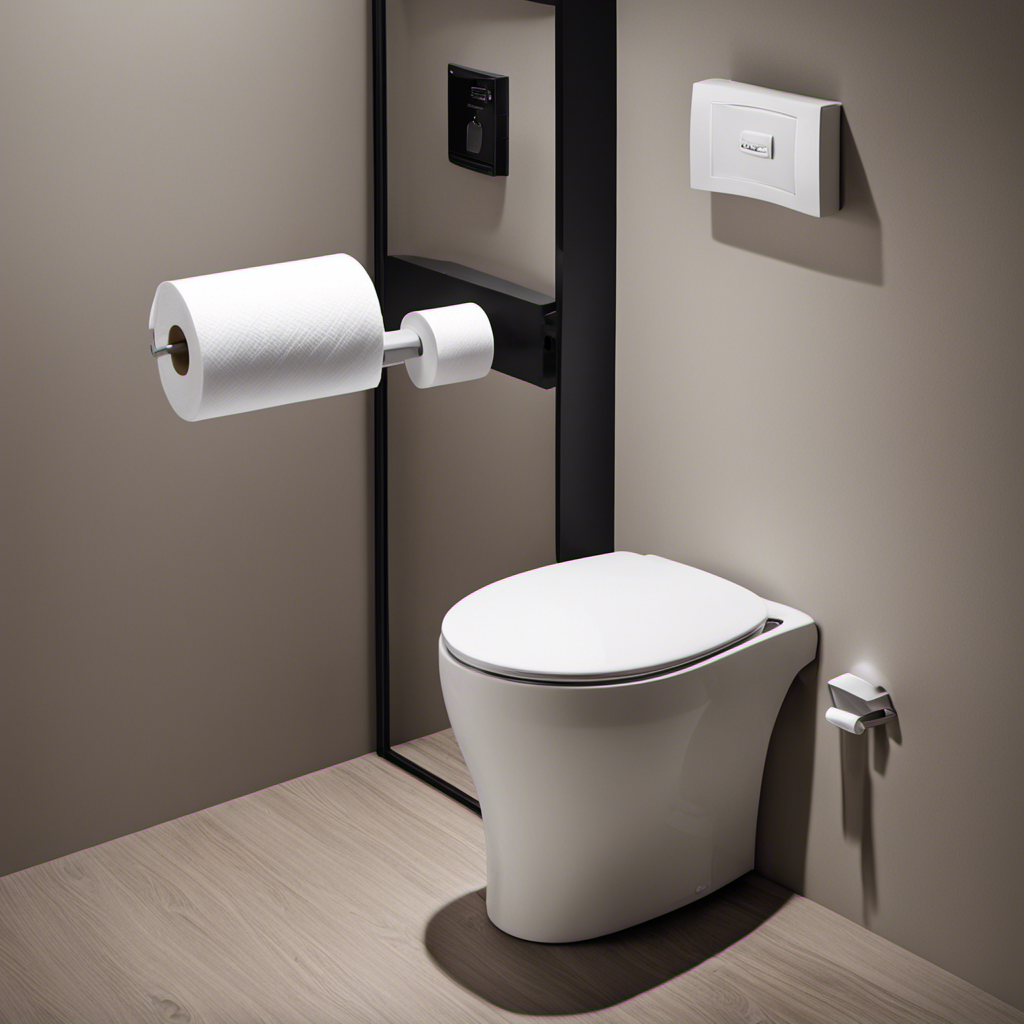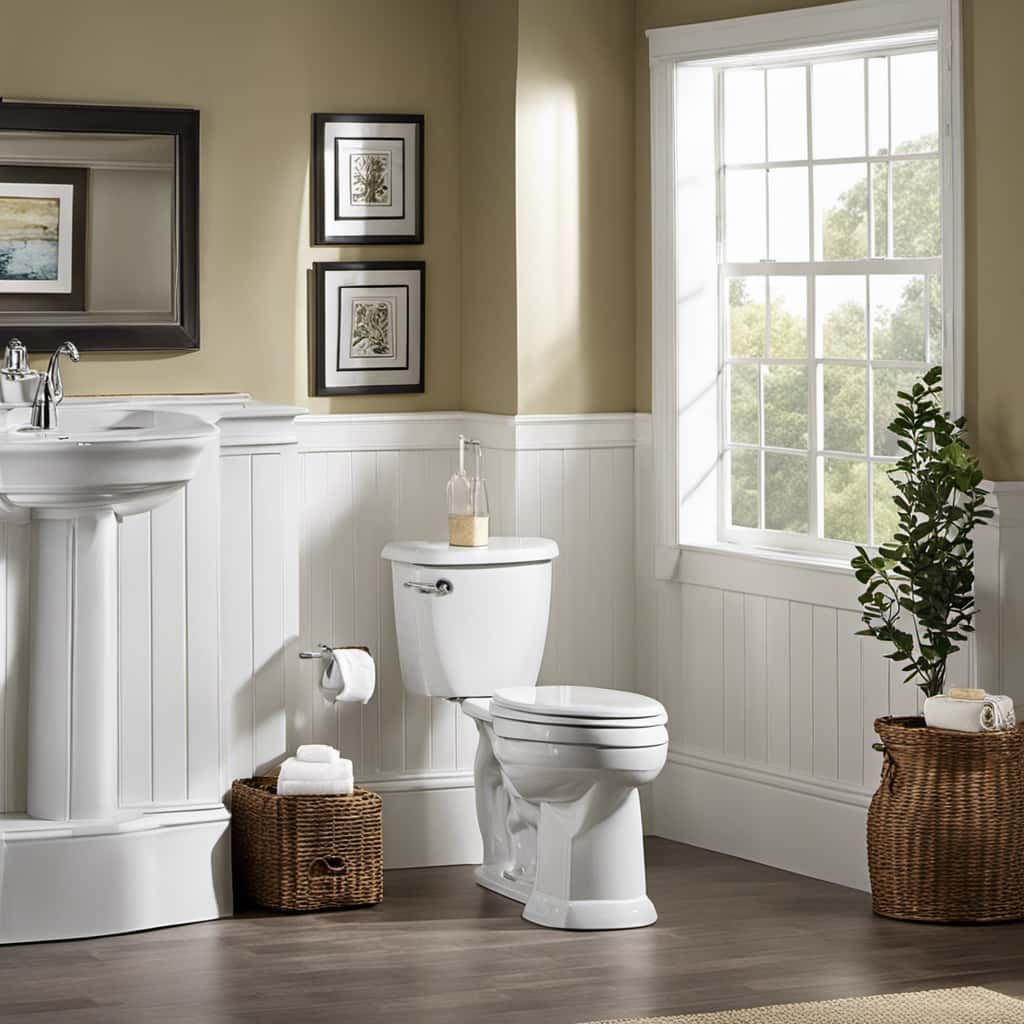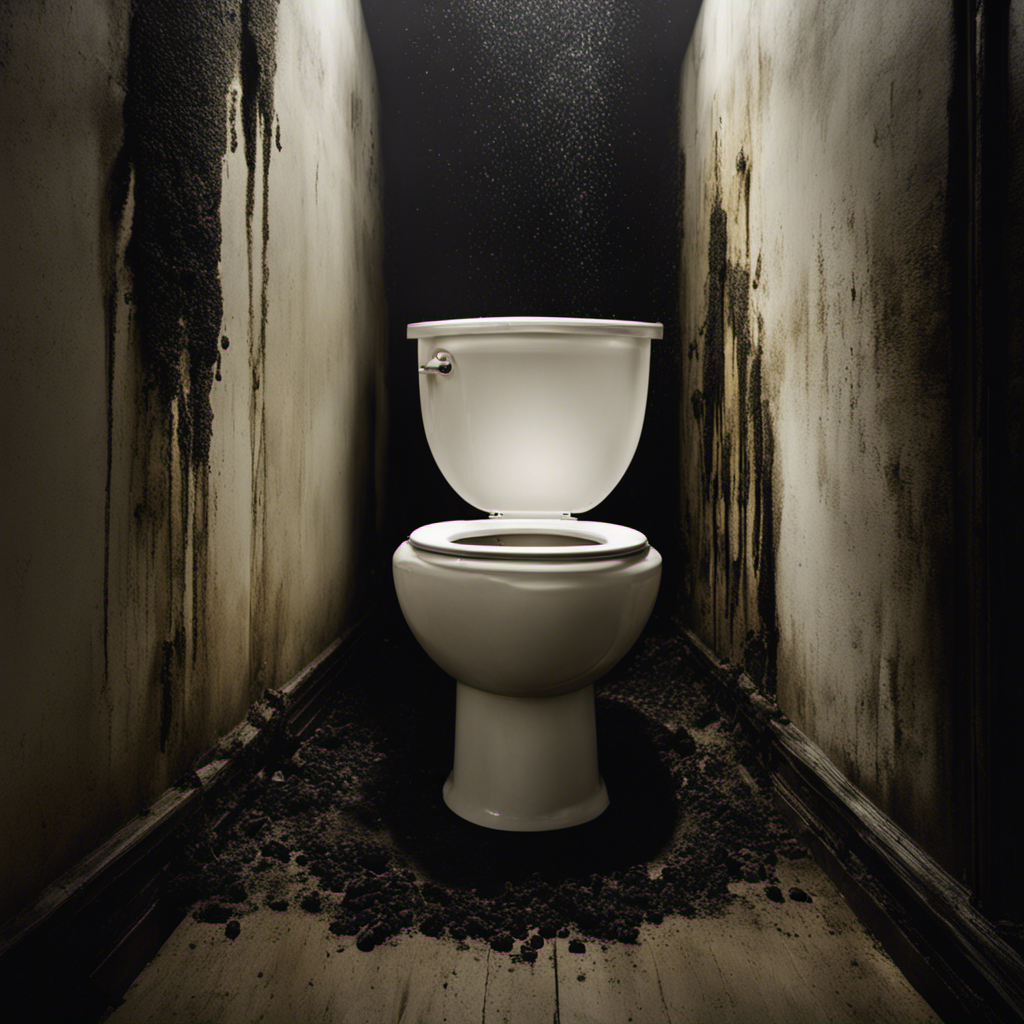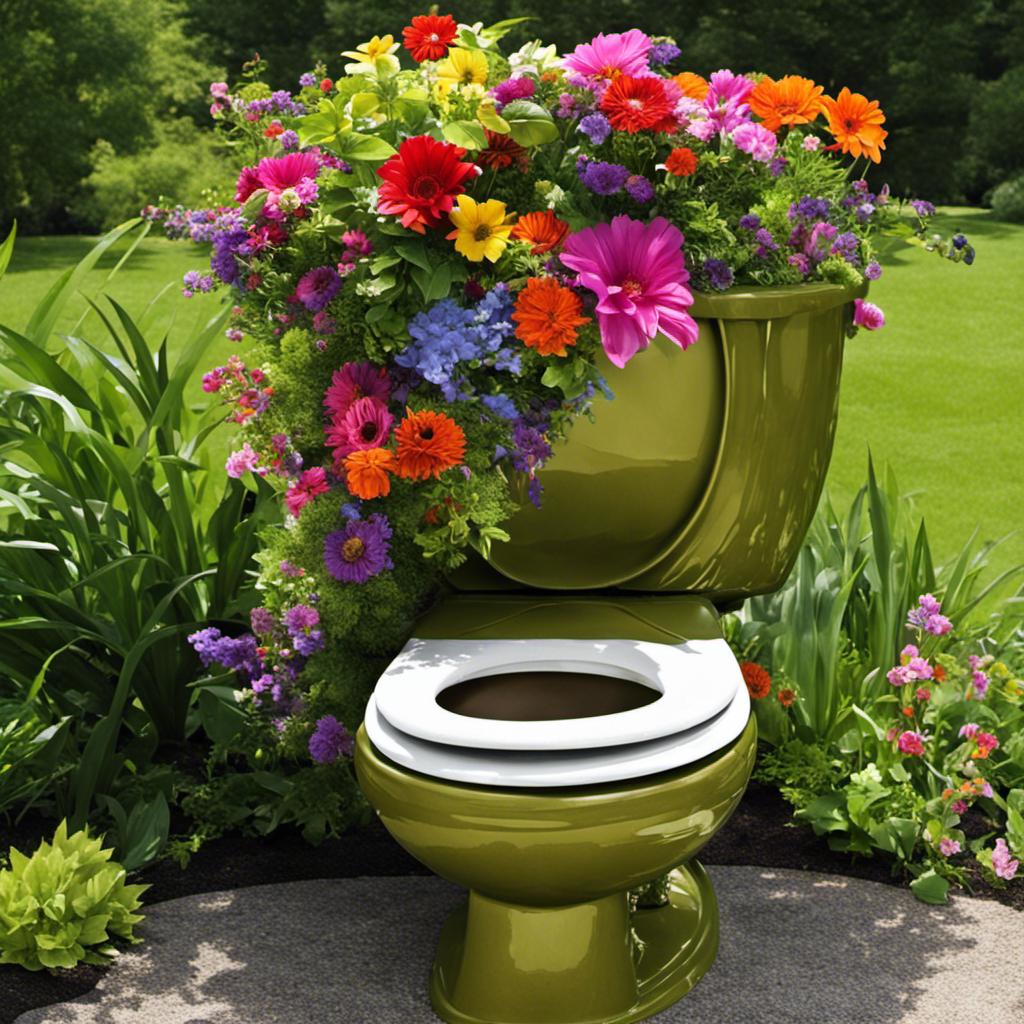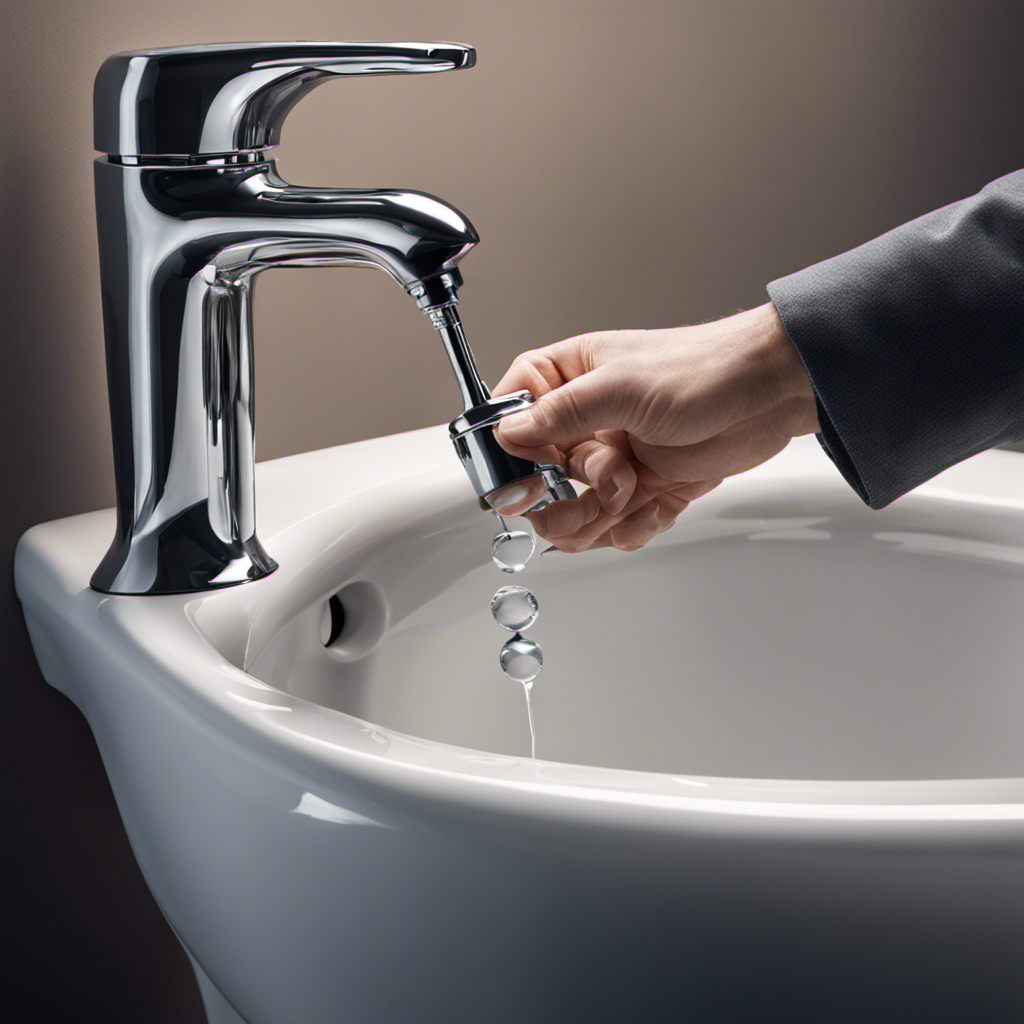As a homeowner, I’ve dealt with my fair share of plumbing issues. One problem I’ve encountered is a slow-filling toilet, which can be as frustrating as watching paint dry.
But fear not! In this article, I’ll guide you through the common causes of slow toilet filling, including water supply issues and potential problems with the fill valve and flush valve.
Armed with this knowledge, you’ll be able to troubleshoot and fix the issue, ensuring your toilet fills up at lightning speed.
Key Takeaways
- Slow toilet filling can be caused by various factors such as partially clogged water supply lines, low water pressure, high water pressure, and lack of regular maintenance on the fill valve.
- Water supply issues can significantly affect the fill speed, with low water pressure leading to slower fill speed and restricted or blocked water flow causing longer refill time.
- Potential problems with the fill valve, such as being stuck in the closed position or showing signs of malfunction, can result in slow filling and should be promptly addressed through cleaning or replacement.
- The flush valve also plays a role in slow toilet filling, and proper maintenance, including cleaning and inspection, is crucial to ensure efficient and timely refilling.
Common Causes of Slow Toilet Filling
If your toilet is filling slowly, one common cause could be a partially clogged water supply line.
The water supply line carries water from the main water source to the toilet tank, and if it becomes clogged with debris or mineral deposits, it can restrict the flow of water into the tank. This can lead to a slow fill speed and prolonged flushing times.
Another factor that can affect the fill speed is water pressure. Low water pressure can result in a slower fill rate, while high water pressure can cause excessive noise and potential damage to the fill valve.
It is important to regularly maintain the toilet fill valve to ensure proper functioning. Regular cleaning and inspection can prevent clogs and ensure smooth water flow, leading to faster and more efficient toilet filling.
How Water Supply Issues Affect Toilet Fill Speed
Water supply issues can significantly impact the speed at which your toilet tank refills. One of the main factors affecting the fill speed is low water pressure. When water pressure is low, it takes longer for the tank to fill up completely. This can be caused by various factors, such as clogged pipes, a malfunctioning pressure-reducing valve, or a problem with the municipal water supply.
Another important aspect that affects the fill speed is the proper water flow. If the water flow is restricted or blocked, it will take longer for the tank to refill. This can happen due to a faulty fill valve, a worn-out flapper, or a partially closed supply valve.
To ensure optimal fill speed, it is crucial to address any water supply issues promptly and ensure proper water flow in your toilet system.
Potential Problems With the Fill Valve
One of the potential problems with the fill valve is when it becomes stuck in the closed position, preventing the tank from refilling properly. This can lead to slow or incomplete filling of the toilet tank.
To maintain the toilet fill valve, regular maintenance is essential. It is important to check for signs of a faulty fill valve, such as a constant hissing sound or water leaking into the overflow tube. Additionally, if the toilet takes longer than usual to fill or if there is insufficient water in the bowl after flushing, it may indicate a problem with the fill valve.
In such cases, it is recommended to clean or replace the fill valve to ensure proper functioning and efficient water usage. Regular toilet fill valve maintenance can help prevent slow filling issues and ensure optimal performance.
The Role of the Flush Valve in Slow Toilet Filling
The flush valve is an essential component in ensuring efficient and timely refilling of the toilet tank. It is responsible for allowing water from the tank to flow into the bowl during flushing, and then sealing the passage to prevent any further water loss.
However, if the flush valve is not properly maintained, it can lead to slow toilet filling. Regular maintenance is crucial to keep the flush valve in optimal condition. This includes cleaning and inspecting the valve for any signs of wear or damage.
Additionally, the water pressure in your plumbing system can also affect the speed at which the toilet fills. Low water pressure can result in slower filling, while high water pressure can cause the flush valve to close too quickly, leading to incomplete flushing.
Therefore, it is important to ensure that your plumbing system has proper water pressure to maintain efficient toilet filling.
Steps to Troubleshoot and Fix Slow Toilet Filling
In order to troubleshoot and fix slow toilet filling, you can start by checking the water pressure in your plumbing system. Proper water pressure is crucial for the efficient functioning of your toilet. Low water pressure can lead to slow filling and can be caused by various factors such as clogged pipes, faulty valves, or water supply issues.
To maintain your toilet tank, it is important to regularly clean and inspect the fill valve, flush valve, and flapper. These components can accumulate debris or wear out over time, resulting in slow filling. Additionally, it is important to ensure that the water supply line is fully open and not restricted.
Frequently Asked Questions
Can Using a High-Efficiency Toilet Cause Slow Filling?
Using a high-efficiency toilet may cause slow filling due to reduced water flow. To troubleshoot, check the water supply valve, flush valve, and fill valve for any obstructions or malfunctions. Regular maintenance can ensure optimal performance.
Is It Normal for the Toilet to Fill Slowly After a Power Outage?
After a power outage, it is normal for the toilet to fill slowly due to potential air pockets in the water supply lines. To resolve this issue, try flushing multiple times or perform regular toilet maintenance.
Can a Clogged Drain Pipe Affect the Toilet’s Filling Speed?
Yes, a clogged drain pipe can definitely affect the speed at which the toilet fills. When the drain is blocked, it restricts the flow of water, resulting in a slower filling time.
How Can I Determine if the Water Pressure Is Affecting the Toilet’s Fill Speed?
To determine if water pressure is affecting the toilet’s fill speed, I can measure the water pressure using a water pressure gauge. If the pressure is low, it could be causing the slow fill and may require troubleshooting.
What Should I Do if Adjusting the Fill Valve Doesn’t Improve the Toilet’s Filling Speed?
If adjusting the fill valve doesn’t improve the toilet’s filling speed, there are troubleshooting options to consider. However, if all else fails, it may be necessary to call a professional plumber for assistance.
Conclusion
After understanding the common causes of slow toilet filling, it’s crucial to address the issue promptly.
By examining the water supply and potential problems with the fill valve and flush valve, we can troubleshoot and fix the problem effectively.
Remember, a slow-filling toilet can feel like waiting for eternity, but fear not!
With a little patience and these troubleshooting steps, you’ll have your toilet filling up in no time.
So, let’s dive in and fix this sluggishness before it becomes the bane of your existence!
